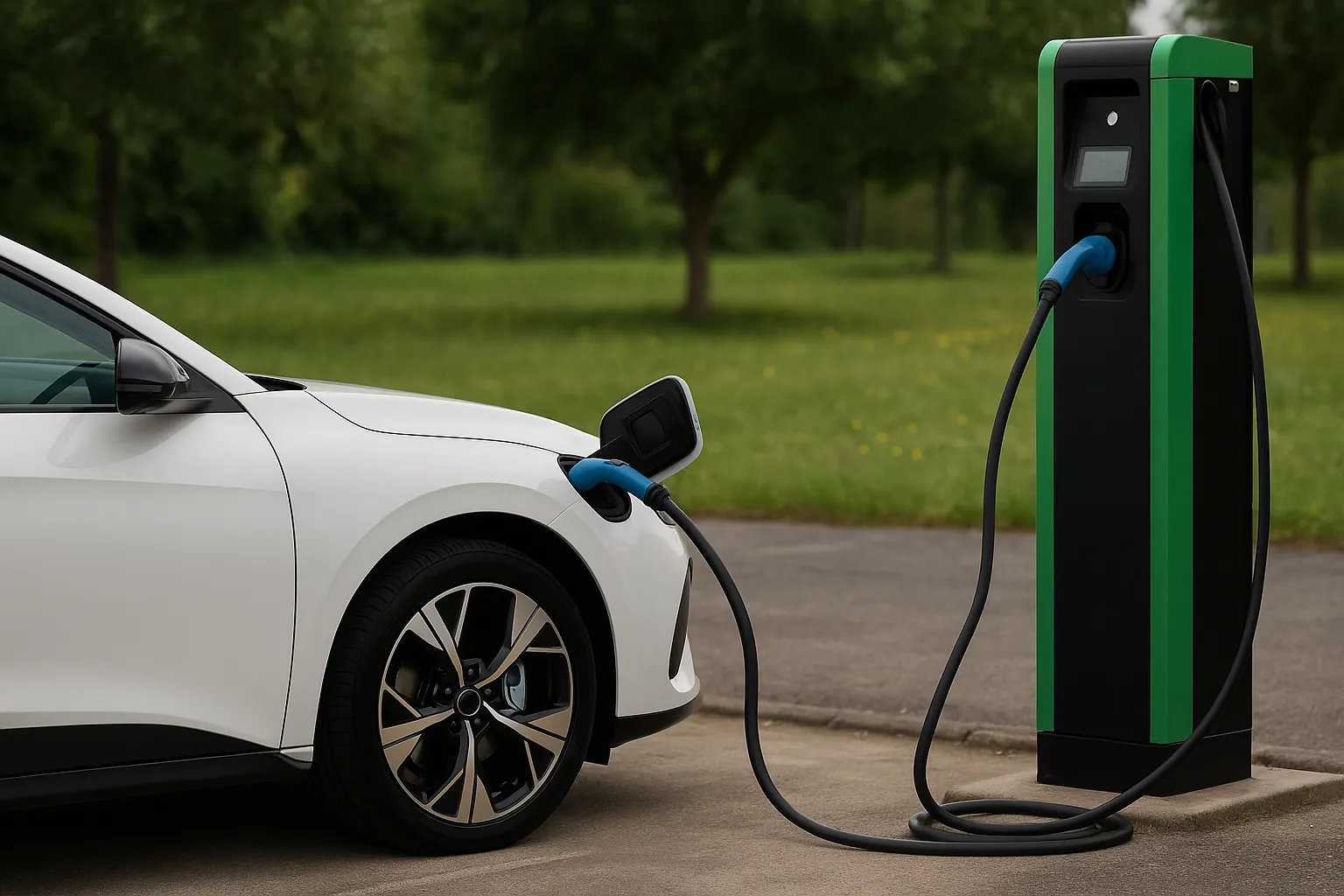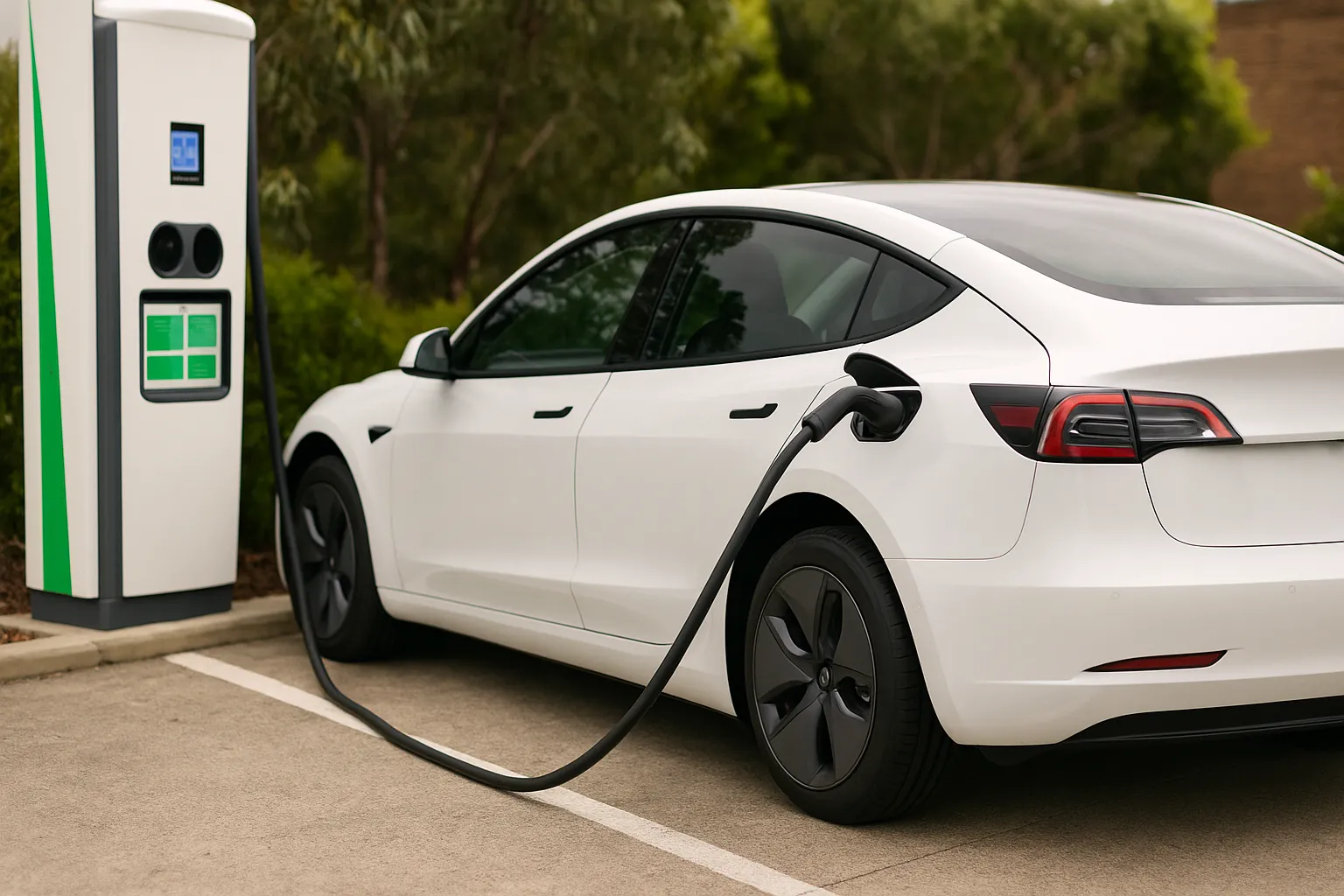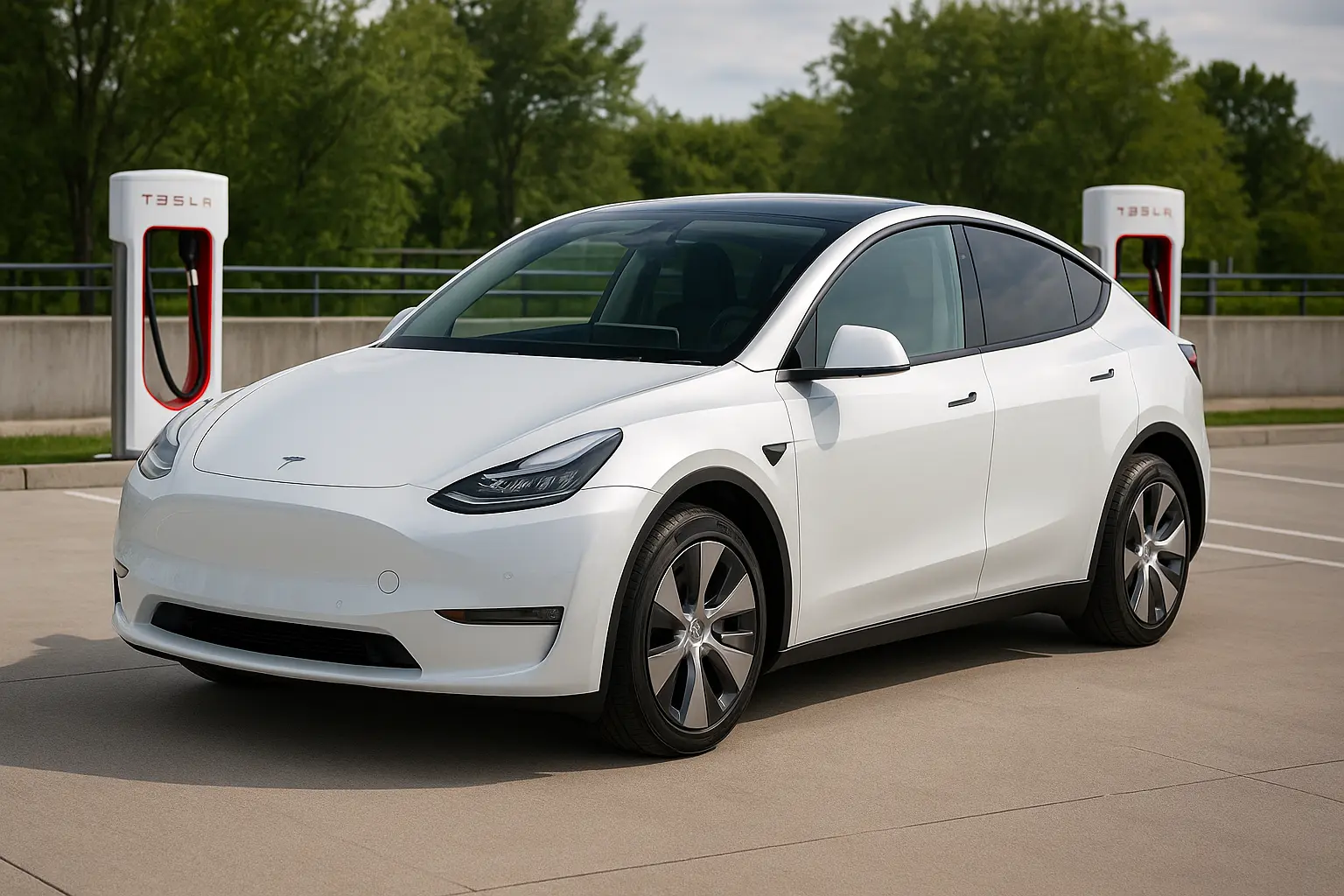Why Electric Cars Are Cheaper to Own Than You Think
Introduction: The Myth of Expensive EVs
For years, electric vehicles (EVs) were seen as expensive, premium tech toys—only for the early adopters with deep pockets. Fast-forward to 2025, and that narrative is shifting rapidly. While the upfront cost of an electric car can be higher than a petrol-powered equivalent, the long-term ownership costs tell a very different story—one that often favours EVs.
This comprehensive guide breaks down the total cost of ownership (TCO) for electric vehicles in Australia and shows why EVs can actually be cheaper to own than you think.

1. Upfront Cost vs Long-Term Savings
Sticker Shock: Initial Purchase Price
Yes, most electric cars cost more than their petrol or diesel counterparts when comparing base prices. But that gap is shrinking quickly.
- 2025 MG4 EV starts at around $39,990 drive-away
- BYD Dolphin – from $38,890
- Hyundai Kona Electric – from $54,000
- Tesla Model 3 RWD – around $61,900
Compare that to similar-sized petrol vehicles:
- Toyota Corolla ZR Hatch – around $39,000
- Mazda3 G25 GT – approx. $42,000
Now consider fuel, maintenance, and registration savings over 5–10 years—and EVs begin to make a compelling financial case.
Resale Values Are Rising
In 2025, demand for used EVs is strong, thanks to growing consumer trust and battery improvements. Cars like the Tesla Model 3, Hyundai Ioniq, and MG ZS EV have proven that EVs can hold value well if maintained properly.
2. The Fuel Savings: Charging vs Petrol
Charging Is Cheaper Than Filling Up
Fuel savings are the most obvious win for electric vehicle owners. In Australia:
- Average petrol cost (2025): $2.10 per litre
- Average fuel consumption (petrol): 8L/100km = $16.80 per 100km
- EV charging at home (off-peak rates): ~$3–4 per 100km
- EV charging at public stations (fast DC): ~$7–10 per 100km
Annual savings: Over 15,000km of driving, you could save $1,500–$2,000 per year on fuel alone.
Solar = Nearly Free Fuel
If you have solar panels, charging your EV during the day can make your fuel cost virtually $0. Many Aussie EV owners are now charging at home for free, thanks to rooftop solar.
3. Lower Maintenance and Running Costs
Fewer Moving Parts, Fewer Problems
EVs have far fewer mechanical parts than internal combustion engines (ICE):
- No oil changes
- No spark plugs
- No timing belts
- No exhaust systems
- No fuel filters
This means lower servicing costs and less wear and tear.
Typical EV Maintenance
EV maintenance usually consists of:
- Brake fluid top-up
- Tyre rotation
- Cabin air filter
- Coolant check (for battery cooling systems)
Annual maintenance for EVs: ~$250–$400
Annual maintenance for petrol cars: ~$500–$900+
That’s a potential saving of $250–$500 per year.
4. EV Incentives and Government Rebates
Australian states and territories are pushing EV adoption with various rebates, tax cuts, and exemptions:
Examples in 2025:
- NSW: Stamp duty exemption on EVs under $78,000
- Victoria: Zero-Emission Vehicle (ZEV) subsidy of up to $3,000
- Queensland: Rebate of up to $6,000 for EVs under $68,000
- ACT: Free registration and interest-free loans for EVs
- WA: $3,500 EV rebate and reduced registration fees
Combined, these could knock $3,000–$7,000 off your total costs.
5. Insurance: What You Need to Know
EV Insurance Is Becoming Competitive
In the early years, EV insurance was a little more expensive. But in 2025:
- Insurers are more familiar with EV parts
- Repair networks have improved
- Battery-related risk assessments are better
Tip: Shop around. Providers like Budget Direct, NRMA, RACV, and AAMI are now offering competitive premiums for EVs.
Battery Warranties and Coverage
Most EVs in Australia come with 8-year / 160,000km battery warranties, adding peace of mind.
6. EVs in the Used Car Market – Smart Buying Strategy
Thinking long-term? EVs are becoming great used car options due to:
- Lower wear and tear
- Extended battery life
- Strong second-hand demand
Models like the Hyundai Ioniq EV, Nissan Leaf, and MG ZS EV are now affordable on the used market (starting at ~$25K), and offer low ongoing costs.
7. Longevity: How Long Do EVs Last?
Battery degradation is often misunderstood. In reality:
- EV batteries degrade slowly: 2–3% per year on average
- Most modern EVs still retain 80%+ capacity after 8 years
- Components like motors, brakes, and cooling systems last longer than ICE equivalents
An EV can easily last 15 years or more with minimal issues.
8. Real-Life Case Study: Petrol vs Electric Ownership Costs
Let’s compare the Toyota Corolla Hybrid and the MG4 Electric over 5 years:
| Cost Component | Corolla Hybrid | MG4 EV |
|---|---|---|
| Purchase Price | $37,000 | $40,000 |
| Fuel/Energy (5 yrs) | ~$7,000 | ~$2,000 |
| Maintenance | ~$3,000 | ~$1,500 |
| Registration & Tax | ~$4,000 | ~$2,000 |
| Total Cost (5 years) | $51,000 | $45,500 |
Result: The MG4 saves $5,500 over 5 years despite the higher initial price.
9. Charging Infrastructure Is Better Than Ever
In 2025, Australia now has:
- Over 1,000 public fast charging stations
- Rapid expansion of Tesla Supercharger and Evie Networks
- Charging at shopping centres, gyms, workplaces
You can comfortably drive Sydney to Melbourne or Brisbane to Cairns in most EVs thanks to fast-charging corridors.
Home Charging Is Easy
Install a 7kW wall box at home (~$1,200–$2,000) and enjoy overnight full charges.
10. Environmental Benefits = Future-Proofing Your Budget
With rising fuel prices and future carbon regulations, petrol cars are becoming more expensive to run.
EVs offer:
- Protection against oil price shocks
- Better resale value in a climate-conscious market
- Access to eco-zones in future urban planning
By owning an EV, you’re future-proofing your mobility costs.
11. Common Myths Busted
“EV batteries die quickly”
Nope. Most last 10+ years and retain usable capacity.
“Charging takes forever”
Fast chargers can deliver 80% in under 30 minutes.
“EVs are expensive toys”
The MG4, Dolphin, and ZS EV prove otherwise.
“Too hard to charge in Australia”
There’s now an expanding network nationwide.
Conclusion: The Tipping Point Has Arrived
The numbers don’t lie. While electric cars may still have a higher upfront cost in many cases, the total ownership cost is often lower than petrol cars. With:
- Ongoing fuel savings
- Low maintenance
- Government rebates
- Better resale value
- And the convenience of home charging
…it’s clear that EVs are not just environmentally smart—they’re financially savvy too.
Final Thought:
The next time someone tells you EVs are too expensive, share this guide—and show them how electric cars are already cheaper to own in Australia than many people realise.
Leave a comment
Your email address will not be published. Required fields are marked *




